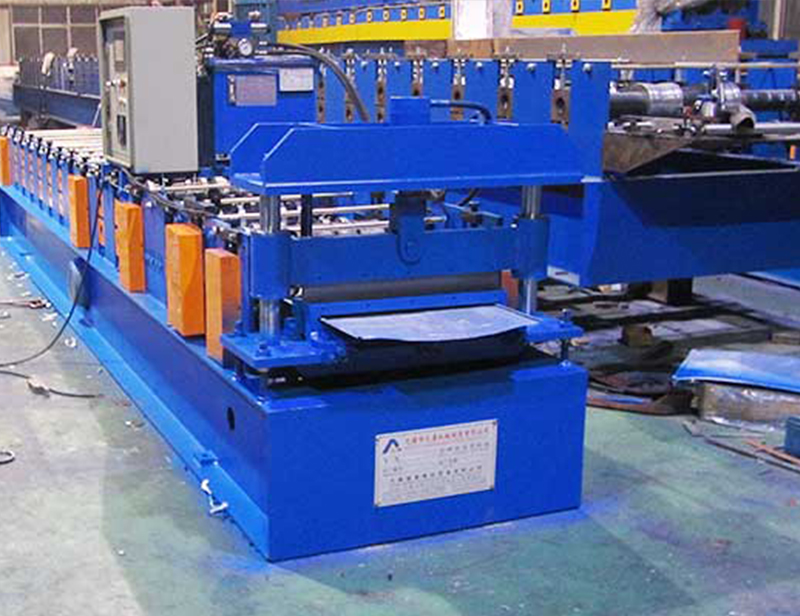Navigation Menu
Contact Us
- Email:
- info@wxavatar.com
- Address:
- Yurong Village, Yuqi Street, Huishan District, Wuxi, China.
Release Date:Jun 12, 2025 Visit:49 Source:Roll Forming Machine Factory
Can Solar Stand Roll Forming Machines Decrease Material Scrappage During Fabrication?
The fabrication of solar panel mounting structures necessitates the efficient use of raw materials. In this regard, solar stand roll forming machines offer several advantages that contribute to a reduction in material waste. Their operational characteristics and technological capabilities are key factors in minimizing discarded material during the production process.

One primary aspect is the precision inherent in the roll forming process itself. Unlike traditional fabrication methods that might involve cutting and welding multiple individual pieces, roll forming machines continuously shape a single strip of metal into the desired profile. This continuous operation, guided by highly accurate tooling, significantly reduces the occurrence of off-cuts and irregular remnants that are typically generated when manually cutting and shaping materials. The consistency of the formed profiles means that each piece meets exact specifications, reducing the need for rework or rejection due to dimensional inaccuracies.
Furthermore, these machines are often equipped with advanced control systems, including sophisticated sensors and computerized numerical controls (CNC). These systems enable precise measurement and tracking of the material as it progresses through the machine. Adjustments can be made in real-time to account for slight variations in material thickness or temper, ensuring that the finished product adheres to tight tolerances. This level of control minimizes errors that could lead to unusable sections of material, thereby lowering the overall scrap rate. The ability to program specific lengths and hole patterns directly into the machine further eliminates the waste associated with manual measurement and drilling, where human error can easily lead to misaligned cuts or holes.
Optimization of material utilization is also a direct benefit. Roll forming allows for the creation of complex profiles that can be designed to maximize strength with minimal material cross-section. This engineered efficiency in design, combined with the machine's ability to precisely replicate these designs, means that less raw material is needed to achieve the required structural integrity for solar panel stands. The integrated nature of the process often allows for the incorporation of features like internal stiffeners or channels directly into the formed profile, avoiding the need for separate components and their associated material consumption and attachment processes.

Finally, the automation and speed of solar stand roll forming machines contribute to waste reduction by increasing overall production consistency. A stable and repeatable manufacturing environment with minimal human intervention tends to produce fewer defective parts. When a machine consistently produces high-quality components, the instances of material being discarded due to defects are substantially diminished. This consistent output directly translates to a higher yield from the raw material input, making the entire production cycle more resource-efficient.